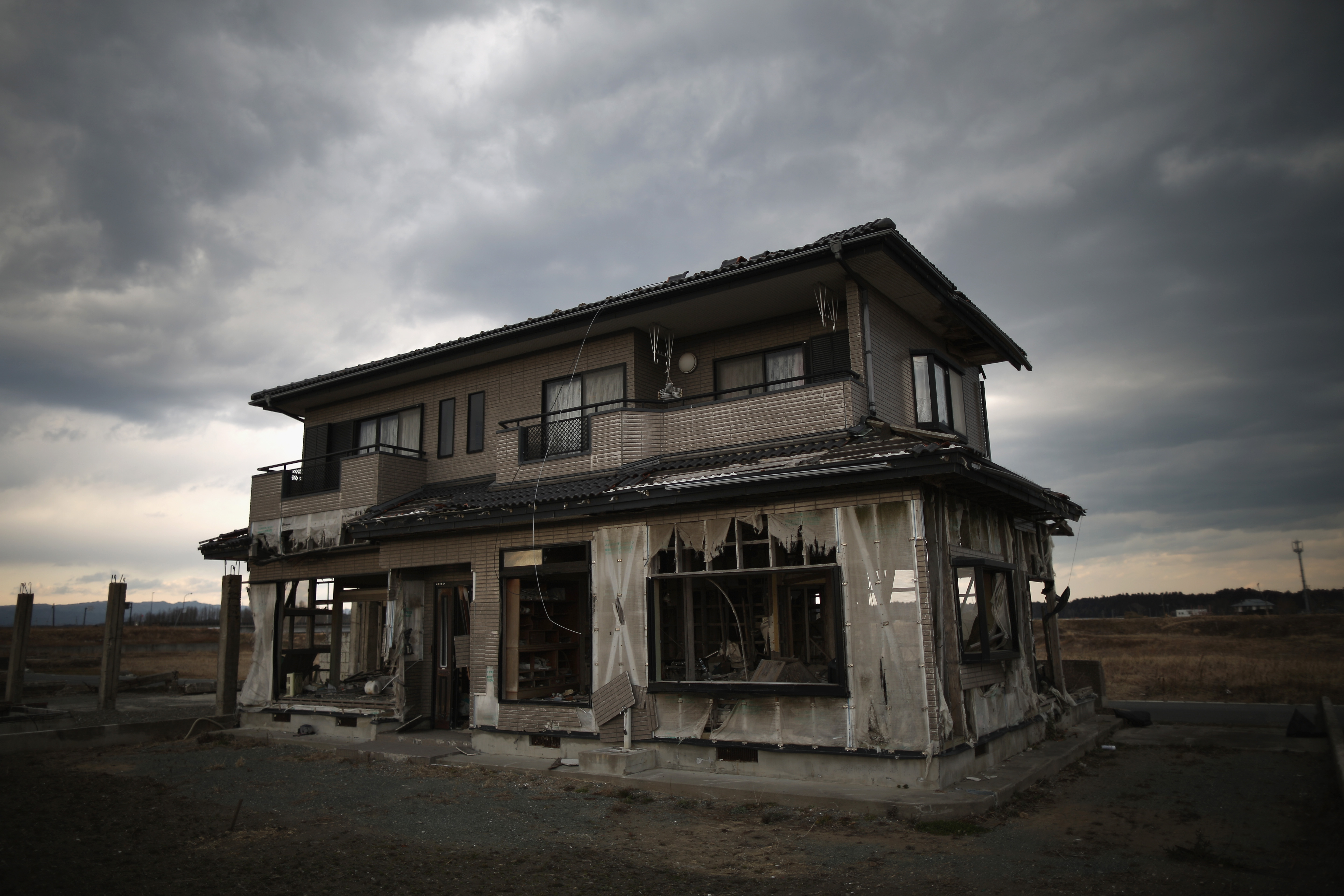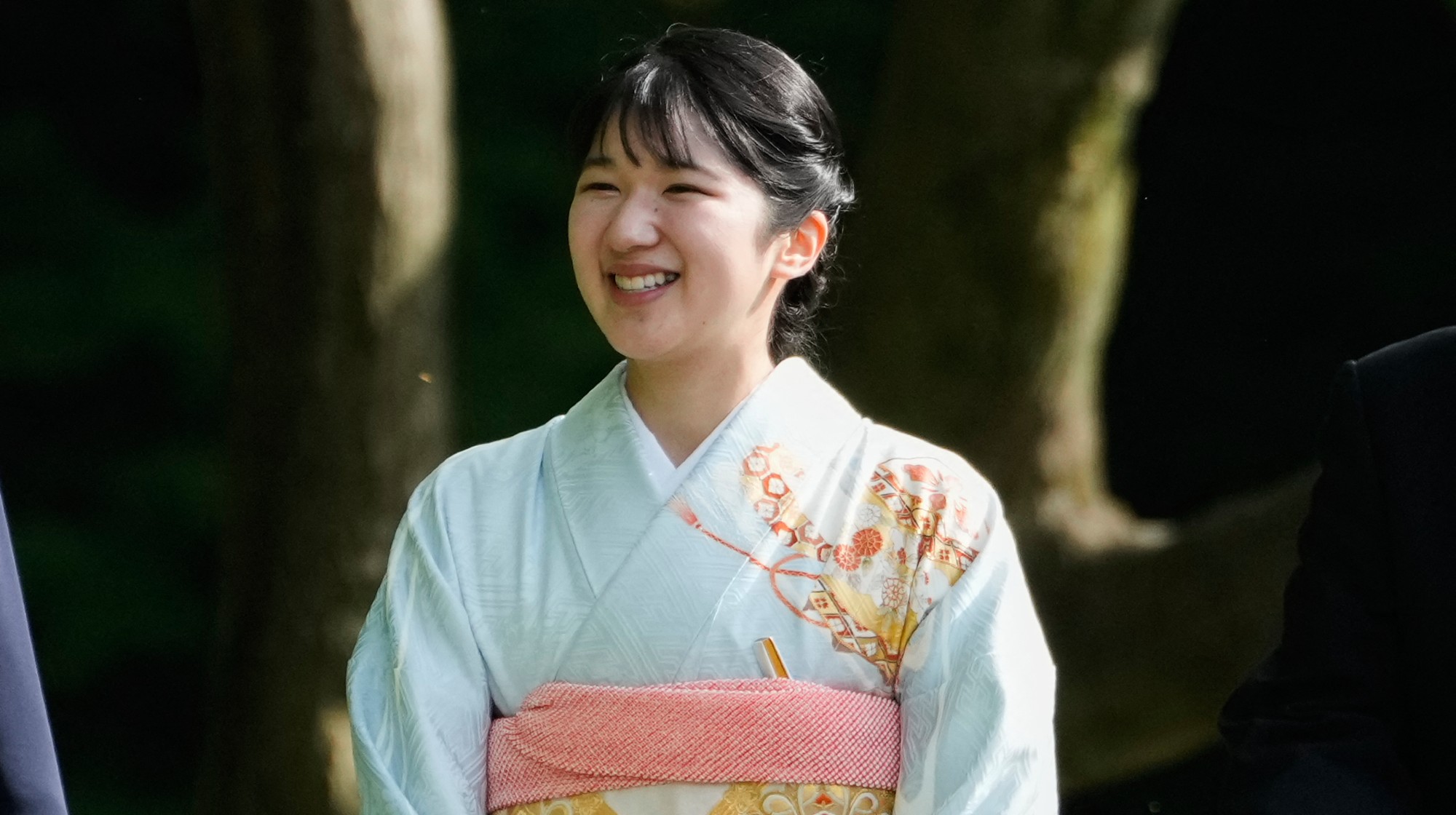Fukushima: how the nuclear disaster unfolded
Power company chiefs cleared of negligence charges

A court in Japan has acquitted three executives from the firm that operated the Fukushima nuclear power plant, in the only criminal trial to stem from the 2011 disaster.
The former Tokyo Electric Power (Tepco) bosses were accused of professional negligence for “failing to implement safety measures”, CNN reports. The trio - ex-chair Tsunehisa Katsumata, 79, and former vice-presidents Sakae Muto, 69 and Ichiro Takekuro, 73 - pleaded not guilty, arguing that they could not have foreseen the tsunami that triggered the triple meltdown at the Fukushimi Dai-Ichi site.
As such, they said, they were not responsible for the effects of the disaster, including the premature deaths of 44 hospital patients linked to the emergency evacuation that followed.
The Week
Escape your echo chamber. Get the facts behind the news, plus analysis from multiple perspectives.

Sign up for The Week's Free Newsletters
From our morning news briefing to a weekly Good News Newsletter, get the best of The Week delivered directly to your inbox.
From our morning news briefing to a weekly Good News Newsletter, get the best of The Week delivered directly to your inbox.
More than 470,000 local residents had to flee in the wake of what was and remains the worst nuclear accident since Chernobyl in 1986, the BBC reports.
And a total of around 18,500 people died or are still listed as missing, most of them victims of the tsunami.
Last year, prosecutors called for five-year prison sentences for each of the three Tepco executives, arguing: “It was easy to safeguard the plant against tsunami, but they kept operating the plant heedlessly. That led to the deaths of many people.”
Prosecutors had twice declined to proceed with the case against the trio, saying there was little chance of convictions. But a judicial panel ruled that they should be prosecuted, resulting in the trial, which began in June 2017.
A free daily email with the biggest news stories of the day – and the best features from TheWeek.com
This week’s not guilty verdicts have been met with disappointment but not surprise from anti-nuclear campaigners, The Times reports. Shaun Burnie, of Greenpeace, said that the conviction of the Tepco execs would have dealt a “devastating blow” not just to the company but also Japan’s government and nuclear industry.
“It is therefore perhaps not a surprise that the court has failed to rule based on the evidence. More than eight years after the start of this catastrophe, Tepco and the government are still avoiding being held to full account for their decades of ignoring the science of nuclear risks,” Burnie added.
The clean-up operation at the Fukushima plant has also made little progress. Workers only recently began removing portions of nuclear fuel from one of the reactors that melted down, a crucial step to ensure the site is not vulnerable to future accidents caused by an earthquake or tsunami.
The Japan Times reports that the start of this removal work had been delayed by more than four years, during which time clean-up costs skyrocketed - while local residents have been left exposed to potentially lethal amounts of radiation.
What happened?
On 11 March 2011, a magnitude 9.1 earthquake – the fourth most powerful ever recorded – struck the Pacific seabed off northeast Japan. The quake knocked out electricity along the coast, including at the Fukushima Daiichi nuclear power plant, one of the largest nuclear power stations in the world.
In order to prevent the fuel rods in the plant’s six light water reactors from overheating and melting, back-up generators kicked in to “pump coolant around the reactor cores”, The Guardian reports.
The generators worked for a “short time”, the paper says, but the plant was directly in the path of a tsunami triggered by the earthquake, and severe flooding caused the generators to fail.
The batteries supplied by plant workers as an emergency measure were insufficient to power the coolant for all the reactors, and several of the cores melted down, causing massive explosions that spread radioactive material across the region.
There were no fatalities during the meltdown itself, but more than 40 patients who were evacuated from a nearby hospital later died. However, the Japanese government has only officially recognised one death connected to the leak – that of a worker at the plant who succumbed to lung cancer as a result of radiation exposure.
In 2016, plant operator Tepco admitted violating its own regulations, which stated that a meltdown should be declared when damage to the reactor core exceeds 5%. Although damage to one of the reactor cores had already passed 50% just three days after the disaster, the company did not confirm the meltdown for more than two months.
Why has the clean-up taken so long?
Fuel removal was originally scheduled to start in late 2014 but was pushed back multiple times. Time magazine reports that the years-long clean-up effort has been “plagued by accidents and deaths, and Tepco… has faced several lawsuits”.
In April this year, workers began removing 514 units of spent fuel and 52 units of unused fuel from a storage pool located inside reactor three, using a remotely operated crane.
Gizmodo says that the “primary challenge” of the clean-up is “dealing with the intense radiation emanating from the melted fuel”, noting that while humans obviously cannot approach any of the reactor cores, the technology involved is sensitive too.
“Two years ago, for example, a robot became unresponsive after just two hours in reactor No.2; there’s enough radiation down there – approximately 650 sieverts per hour – to fry a person within a few seconds,” according to the tech news site.
Probes by two-pronged robotic hands were later found to be effective at picking up radioactive debris at the bottom of reactor No.2. But although this proved that much of the soft material can be moved, other areas contain debris that has solidified into a clay-like substance, which the robotic hand was unable to grasp. Future robots will need to slice or saw through this material so that it can be removed - technology that is not currently available.
The operation at the badly damaged reactor is expected to last until at least the end of March 2021. In total, there are 1,573 spent and unspent fuel rods stored across the entire facility, and work to remove the fuel from reactors one and two will not begin until 2023.
The Guardian says that the total clean-up is “expected to take 30 to 40 years, at a cost Japan’s trade and industry ministry recently estimated at 21.5tr yen ($189bn)”.
-
 How Bulgaria’s government fell amid mass protests
How Bulgaria’s government fell amid mass protestsThe Explainer The country’s prime minister resigned as part of the fallout
-
 Japan’s Princess Aiko is a national star. Her fans want even more.
Japan’s Princess Aiko is a national star. Her fans want even more.IN THE SPOTLIGHT Fresh off her first solo state visit to Laos, Princess Aiko has become the face of a Japanese royal family facing 21st-century obsolescence
-
 Femicide: Italy’s newest crime
Femicide: Italy’s newest crimeThe Explainer Landmark law to criminalise murder of a woman as an ‘act of hatred’ or ‘subjugation’ but critics say Italy is still deeply patriarchal
-
 Brazil’s Bolsonaro behind bars after appeals run out
Brazil’s Bolsonaro behind bars after appeals run outSpeed Read He will serve 27 years in prison
-
 Americans traveling abroad face renewed criticism in the Trump era
Americans traveling abroad face renewed criticism in the Trump eraThe Explainer Some of Trump’s behavior has Americans being questioned
-
 Nigeria confused by Trump invasion threat
Nigeria confused by Trump invasion threatSpeed Read Trump has claimed the country is persecuting Christians
-
 Sanae Takaichi: Japan’s Iron Lady set to be the country’s first woman prime minister
Sanae Takaichi: Japan’s Iron Lady set to be the country’s first woman prime ministerIn the Spotlight Takaichi is a member of Japan’s conservative, nationalist Liberal Democratic Party
-
 Japan poised to get first woman prime minister
Japan poised to get first woman prime ministerSpeed Read The ruling Liberal Democratic Party elected former Economic Security Minister Sanae Takaichi

